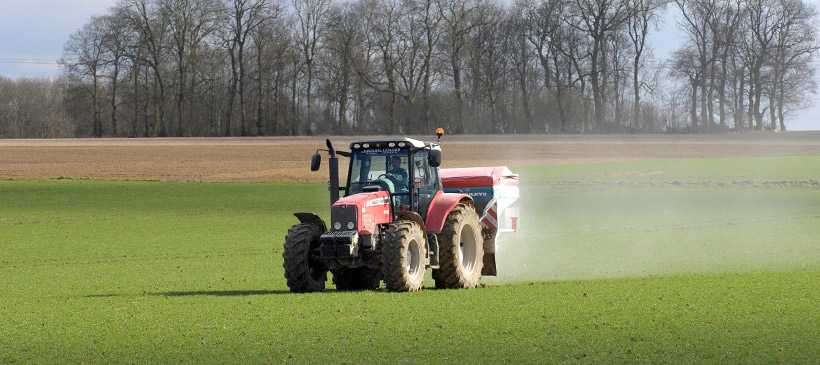
Reducing fertiliser use pays for itself
It's the responsibility of all farmers who have grazed pasture to ensure fertiliser use is below the legal limit.
We know that nitrogen is essential for plants to grow – but it can also be bad for the environment.
Just as it aids pasture growth, when excess nitrogen leaches from land into waterways, it aids the growth of algae and other organisms that lower water quality and can create a toxic environment for other living things. Elevated levels of nitrate in water can also be detrimental to human health.
And with fertiliser costs making up a larger portion of farm expenses, using your synthetic fertilisers more efficiently is a no-brainer. It’s better for your soil, your environment, and your bottom line.
Nitrogen limits apply to all grazed land
Since July 2021, a limit of 190 kilograms per hectare, per year, of synthetic nitrogen has been in place for grazed pasture.
This limit applies to all pastoral land – not just for dairy cattle. It does not apply to grazing on the stubble of an arable crop after harvesting.
Canterbury farms are also required to reduce the amount of nitrogen lost to land. Reduction targets depend on the type of farming operation and zone. Read more about some of the most effective nitrogen loss reduction tactics.
Dairy farmers have until 31 July to report
Canterbury dairy farmers are required to report their annual synthetic nitrogen fertiliser use to us. This report should cover the 1 July-30 June year, and is due by 31 July.
You can report your synthetic nitrogen use through the updated National Online Reporting Tool. Additionally, you can report through your fertiliser company using MyBallance or HawkEye. If using one of these tools, make sure you give Ballance or Ravensdown permission to share data with us.
Find out more
- Visit our synthetic nitrogen use webpage
- View Dairy NZ guidance
- Ravensdown's HawkEye tool
- MyBallance
- Email us
- Call us on 0800 324 636 and talk to your local land management advisor.
